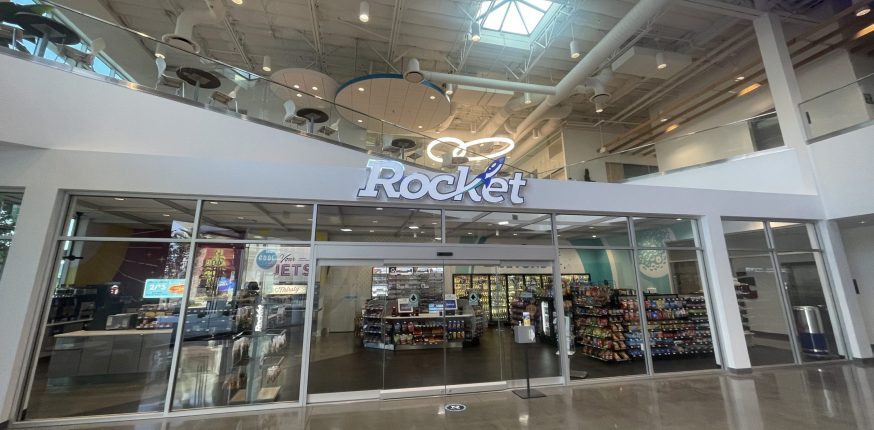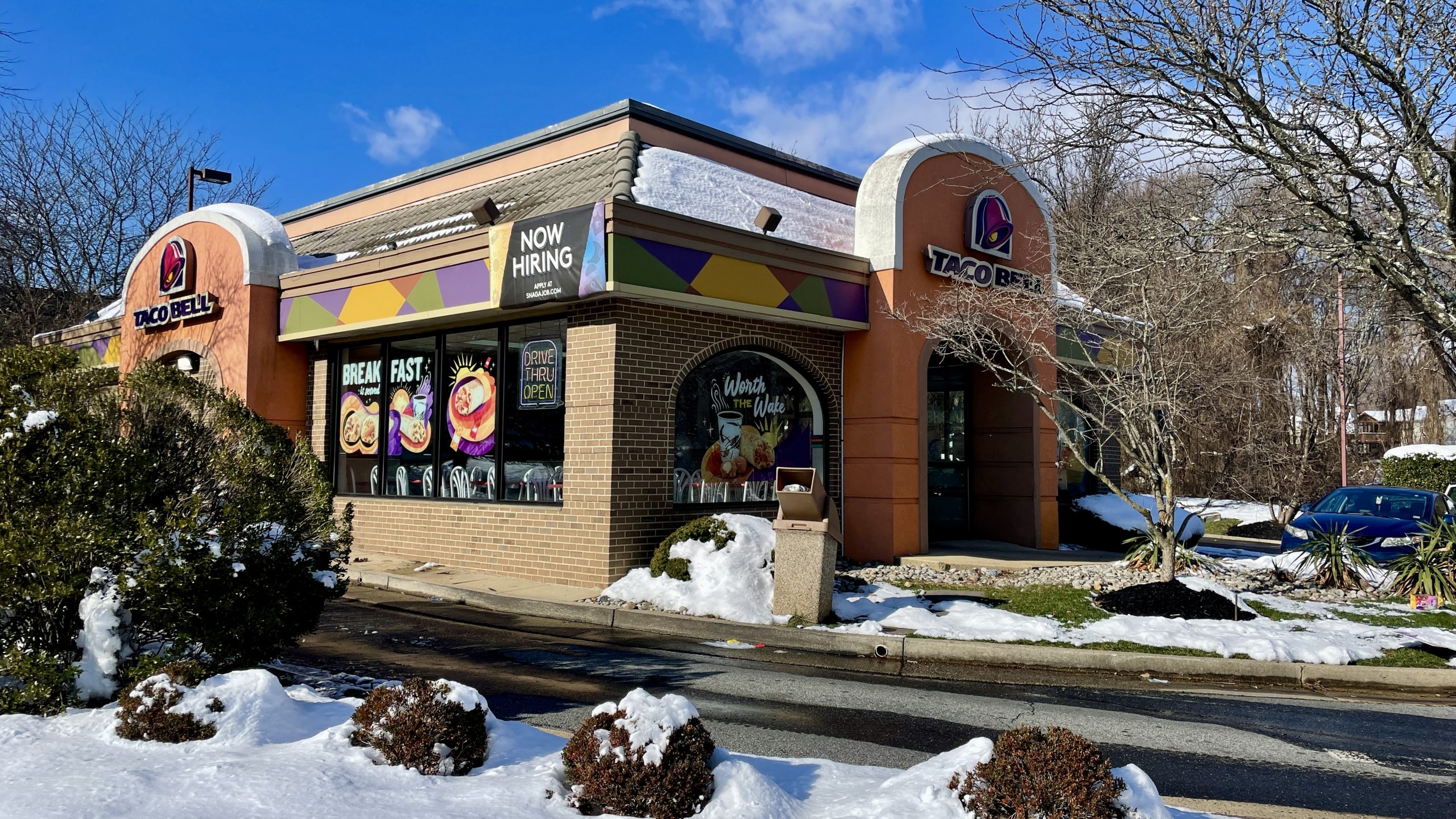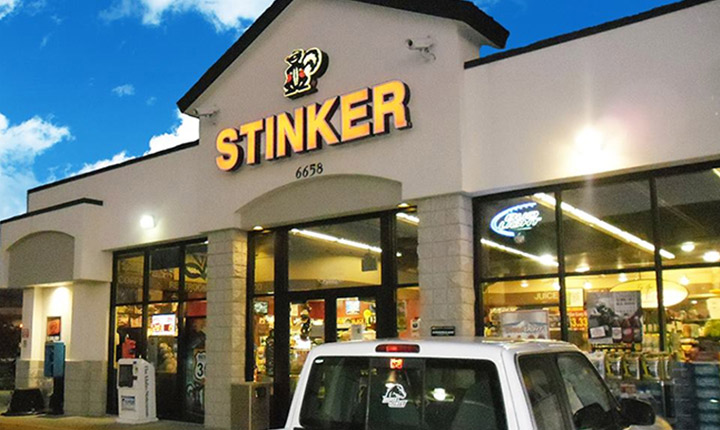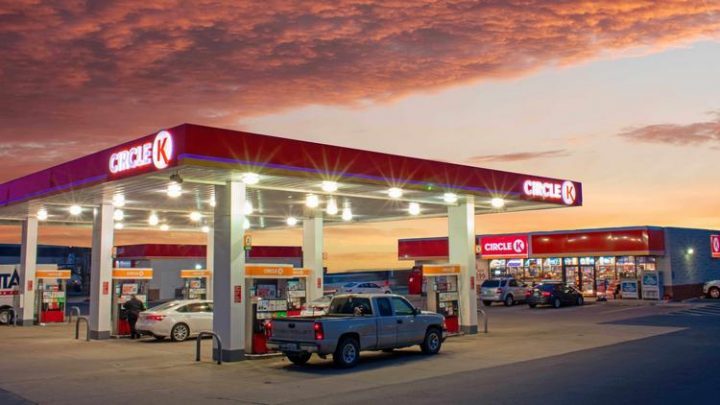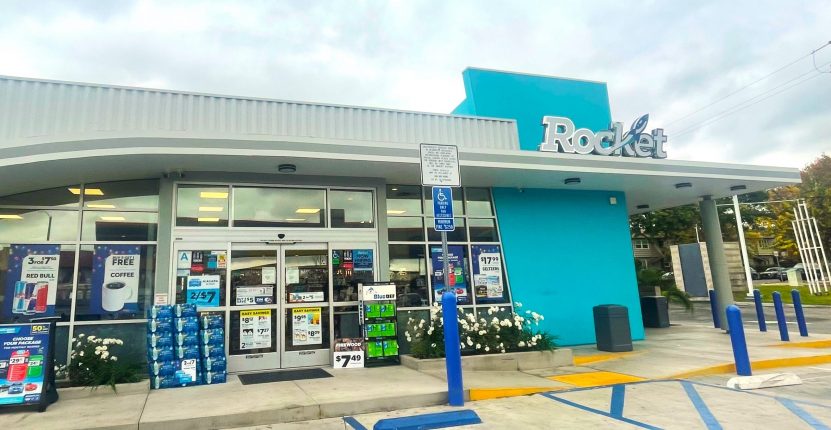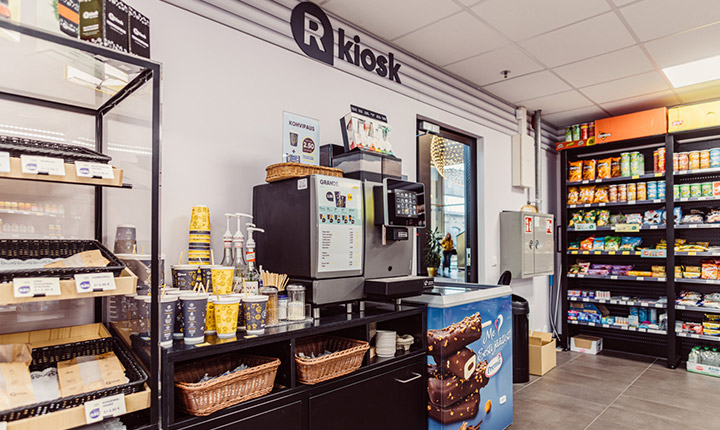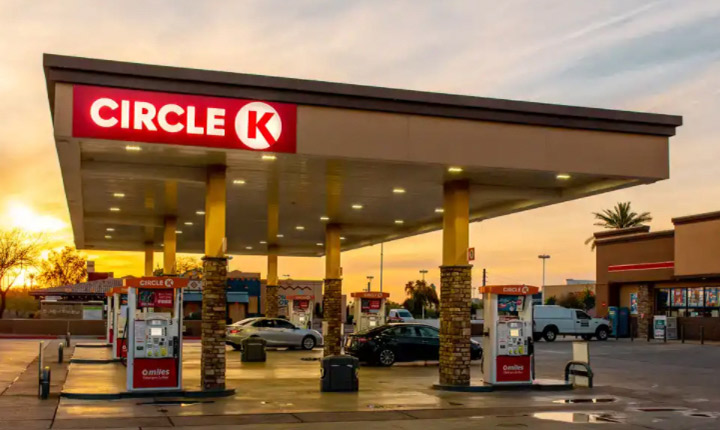This article was first published in Global Convenience Store Focus.
At the end of 2017, the number one food retailer in The Netherlands – Albert Heijn – celebrated two major milestones. The first was its highest ever market share in over 130 years in business, achieved by the combined efforts of its 100,000 staff who together operate over 1,000 stores in various formats across three countries. The second was the launch of its market-leading technology innovation – “Tap To Go” – designed to dramatically shorten the customer journey in their convenience-format stores by eliminating the need to check-in or check-out for payment.
“Tap to Go” is an exciting programme focused on re-inventing the retail experience for customers in the “To Go” branded convenience stores for a “cashless and super fast” experience. The platform was developed entirely in-house and at the time it was announced, the launch was only expected in early 2018. However in an industry driven by the need for speed, the first trial store for “Tap-To-Go” launched earlier than expected in December 2017, marginally ahead of Amazon Go – the long-awaited grocery store in Seattle which is also focused on eliminating the dreaded check-out process.

Tap To Go – tapping on smart shelves for automated payment.
Key Features of the “Tap To Go” Concept:
- The purchase process requires no check-in or check out in store.
- Customers register once on an app – to provide payment and personal details.
- In the current pilot store, “Tap to Go” requires customers to tap a plastic card (similar to a loyalty card) on each item on the “smart” shelf to track purchases. A mobile app option is expected in 2018.
- Customers pick up products from the shelf and tap for each one to track the purchase. If they change their mind, products can just as easily be returned to the shelf and that product charge will be immediately removed from the virtual basket.
- Payment is deducted from the customer’s bank account shortly after they leave the store – typically within ten minutes.
- With no requirement to process the payment in-store, customers will never have to queue to pay in this store.
The “Tap to Go” technology platform uses a combination of digital on-boarding, active NFC, smart shelves and automated payments, making the customer journey effortless, as can be seen in this promotional video.
See “Tap to Go” in action in the pilot store.
Taking a different approach operationally, Amazon Go has developed its cashless concept store using a combination of cameras and sensors to track product purchases, combined with QR codes on smartphones to identify customers. When it opened to the public in Seattle in January 2018 (after a year of trial with staff in its company headquarters), it ironically resulted in customers queueing up outside to experience the store designed to eliminate queuing! The heightened anticipation was a testament to the belief that the US online giant could find a real solution for customers who share the daily frustration of waiting in line.
Using a unique and complex combination of hardware and software, Amazon has also managed to eliminate the check-out process. Instead the customer’s phone is simply scanned at turnstiles on entry and exit as they leave with their chosen products. The simplicity of the experience has actually resulted in some hesitancy from customers, as the freedom to leave the store without immediately paying seems almost too good to be true. This feedback is one of the early insights presented at the Shoptalk conference in March this year by Gianna Puerini, Vice President of Amazon Go, who explained that they “wrote the press release first and then started building the product”. Since launch, two further stores have already been added to the network in San Francisco and Chicago, with reports of up to 2,000 Amazon grocery stores planned in various formats in the next decade, including ‘click and collect” according to one report.

The Amazon Go Grocery Store in Seattle.
Global Solutions:
It’s no surprise that new technology ideas are also being trialled in convenience retail in China focused on eliminating the check-out process, in many cases using facial recognition technology. This approach is being trialled by several powerful Chinese and international brands such as online retail giant www.JD.com which already operates twenty stores without checkouts in China. A recent announcement confirms plans for hundreds of completely unmanned convenience stores, that “effectively dwarf Amazon’s plans” and just this week, the Fortune 500 company opened it’s first international unmanned store outside China in Indonesia. It’s the company’s largest store to date using advanced artificial intelligence technology to allow customers walk in and walk out without ever stopping to pay. And in this store, the range of products is not limited to grocery items such as FMCG or health and beauty – this store even sells clothes that customers can try on and walk out wearing! Watch the fascinating video here.
JD.com opened it’s first international unmanned store in Jakarta on August 2nd 2018.
Similar technology is also operating in a Chinese KFC store using a concept called “Smile to Pay” – first announced by Jack Ma of Alibaba.com more than two years ago. Alibaba.com has also launched it’s own network of highly innovative supermarkets called Hema, which means “freshness and liveliness”. Twenty five stores have opened to date, leveraging Alibaba’s online expertise to create offline experiences that consumers love. Hema stores include in-store restaurants, free delivery within 30 minutes, digital payments and QR code quality assurance technology
JD.com has even implemented other innovations including robot carts that follow customers as they browse the aisles – an idea that will undoubtedly appeal to both retailers and customers worldwide. And in the UK, Sainsbury’s has just opened its first till-free store which will be fascinating to watch.
Relentless Innovation:
While these Chinese and US retail innovations have earned huge publicity given the brand’s backgrounds in technology and online commerce, it’s also clear that traditional grocery retailers throughout Europe like Albert Heijn are equally ambitious and confident in their own abilities to innovate relentlessly and leverage technology for their customer’s benefit. From early success with loyalty savings stamps back in 1955, some of Albert Heijn’s other recent innovations include a recipe bot built in Facebook Messenger, the ability to create a shopping list in Siri, and an augmented reality solution for product information. Most recently, the group launched the first voice assistant functionality in Dutch, working with Google Assistant.
These innovations offer a host of business benefits, including reduced overheads (which could effectively be passed on to consumers) as well as valuable data that provides insights on shopping habits and behaviours. Innovations like these also ensure that despite many industry concerns about the health of retail, convenience stores will continue to thrive. Albert Heijn’s CEO, Wouter Kolk clearly reminds us “customers still value physical stores”. With innovative experiences like “Tap To Go” – our loyalty is sure to continue.
 Albert Heijn Pilots Google Assistant in Dutch.
Albert Heijn Pilots Google Assistant in Dutch.
About Us:
Liquid Barcodes is a leading global loyalty technology company specialized for the convenience store and foodservice industries. Our proprietary cloud-based technology platform allow retailers to create and manage their digital marketing campaigns with a proprietary process we call the “customer connection cycle’ to engage, promote and reward customers activities in real-time across digital and media channels.
How we do it:
We have developed the most advanced loyalty and digital marketing technology platform specifically for convenience store and foodservice retailers globally.
Retailers use our self-service dashboard to create and manage loyalty driven marketing campaigns that increase purchases with their existing customers, as well as effectively target and acquire new customers through partners or paid media channels.
One core component of live loyalty is gamification. We have gamified branding, loyalty and promotions. We believe this approach is essential in order to get customers’ attention and ultimately truly engage them with repeatable actions thereby winning their loyalty.
Check out some of our exciting/proven results here:
About Me:
Paula Thomas: MBA. Certified Loyalty Marketing Professional (CLMP).
Chief Content Officer, Liquid Barcodes and Independent Loyalty Consultant.
With over twenty-five years marketing experience, I specialise in loyalty marketing consulting, managing consumer loyalty propositions, strategy and operations. In addition to working with Liquid Barcodes, my clients have included Telefonica O2, Three Mobile, Electric Ireland, Allied Irish Bank and The Entertainer, as well as Avios – the global points currency for some of the world’s top airlines. I am also a judge for the Loyalty Magazine Awards.
—————————————————————————————–




